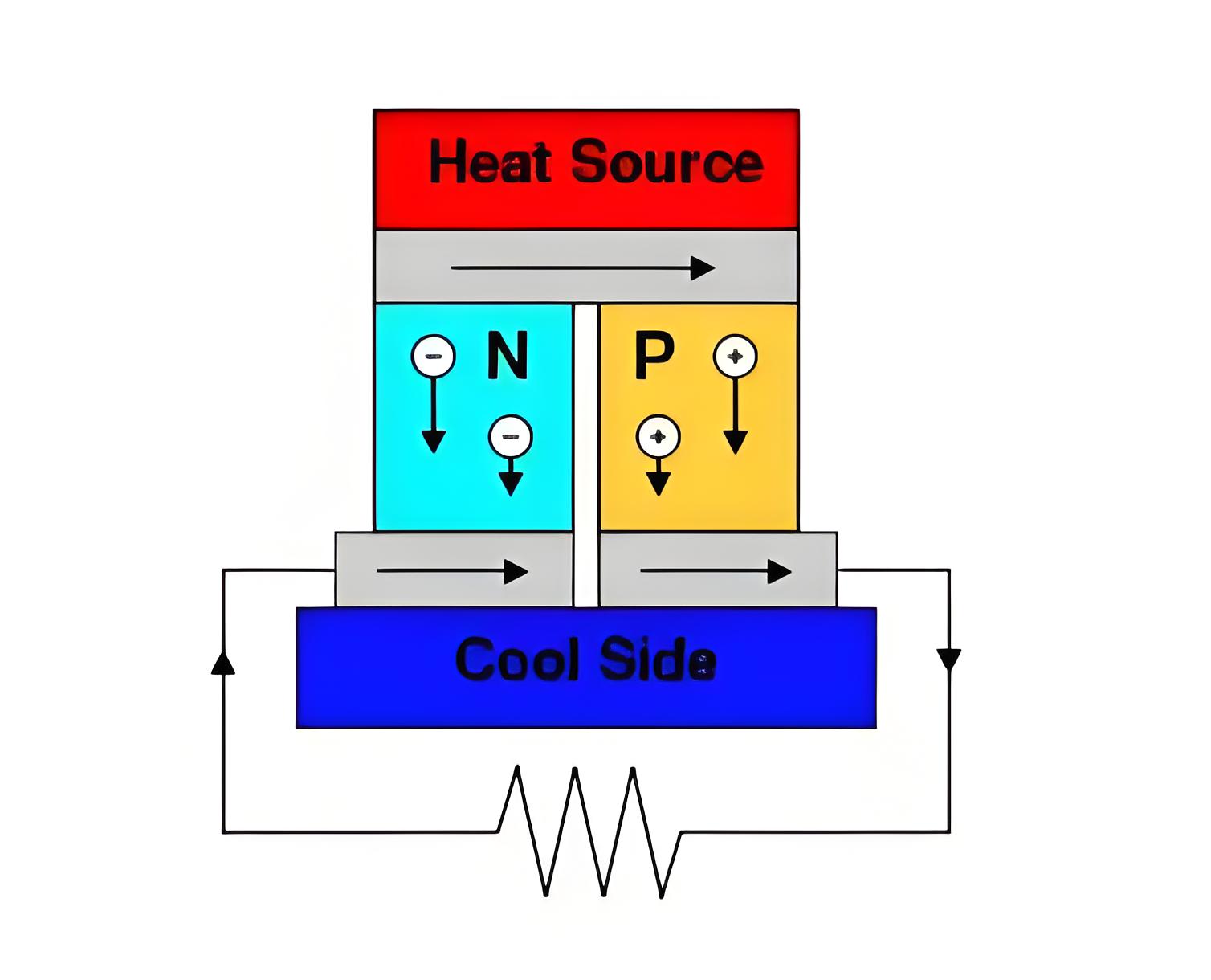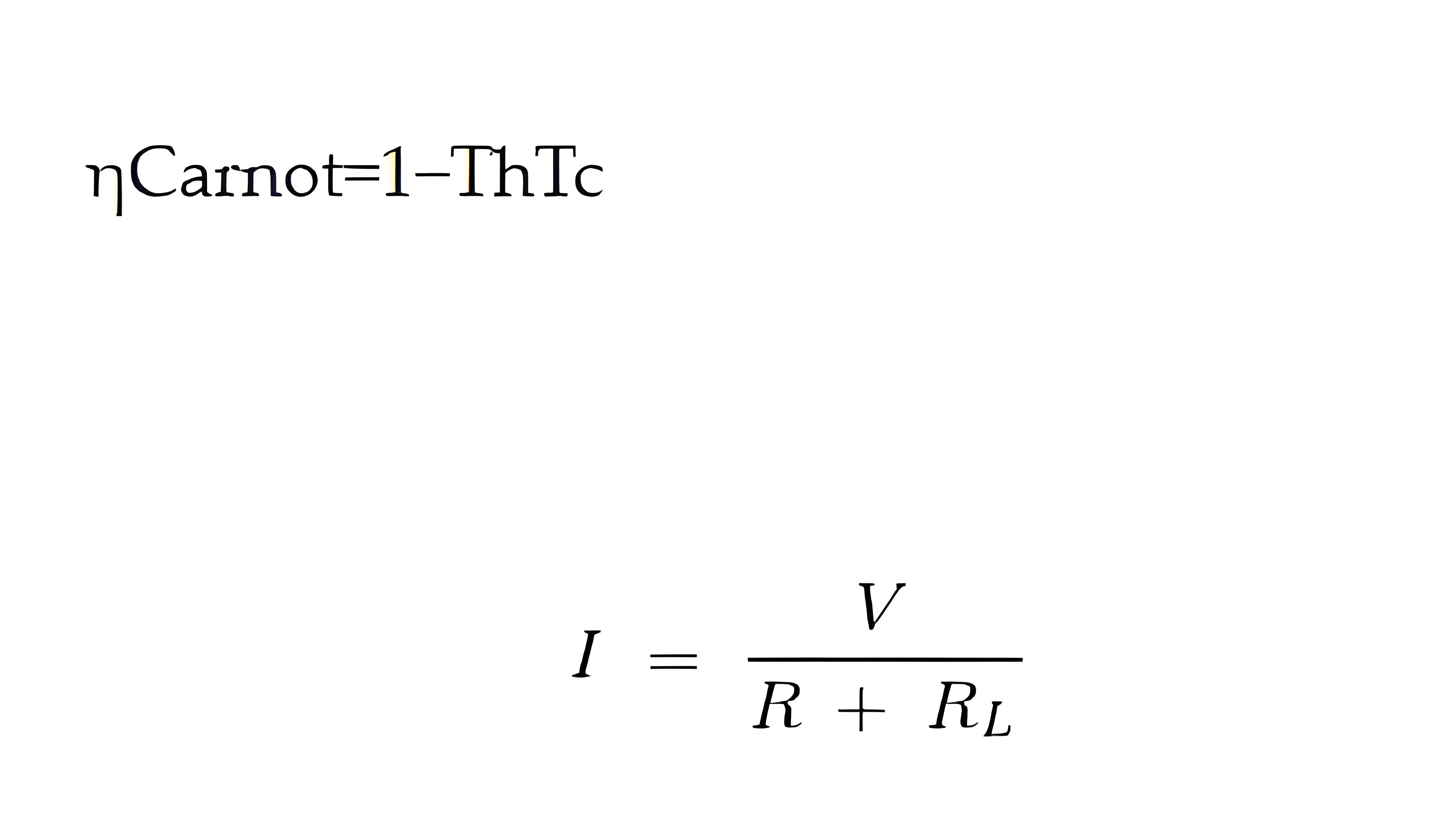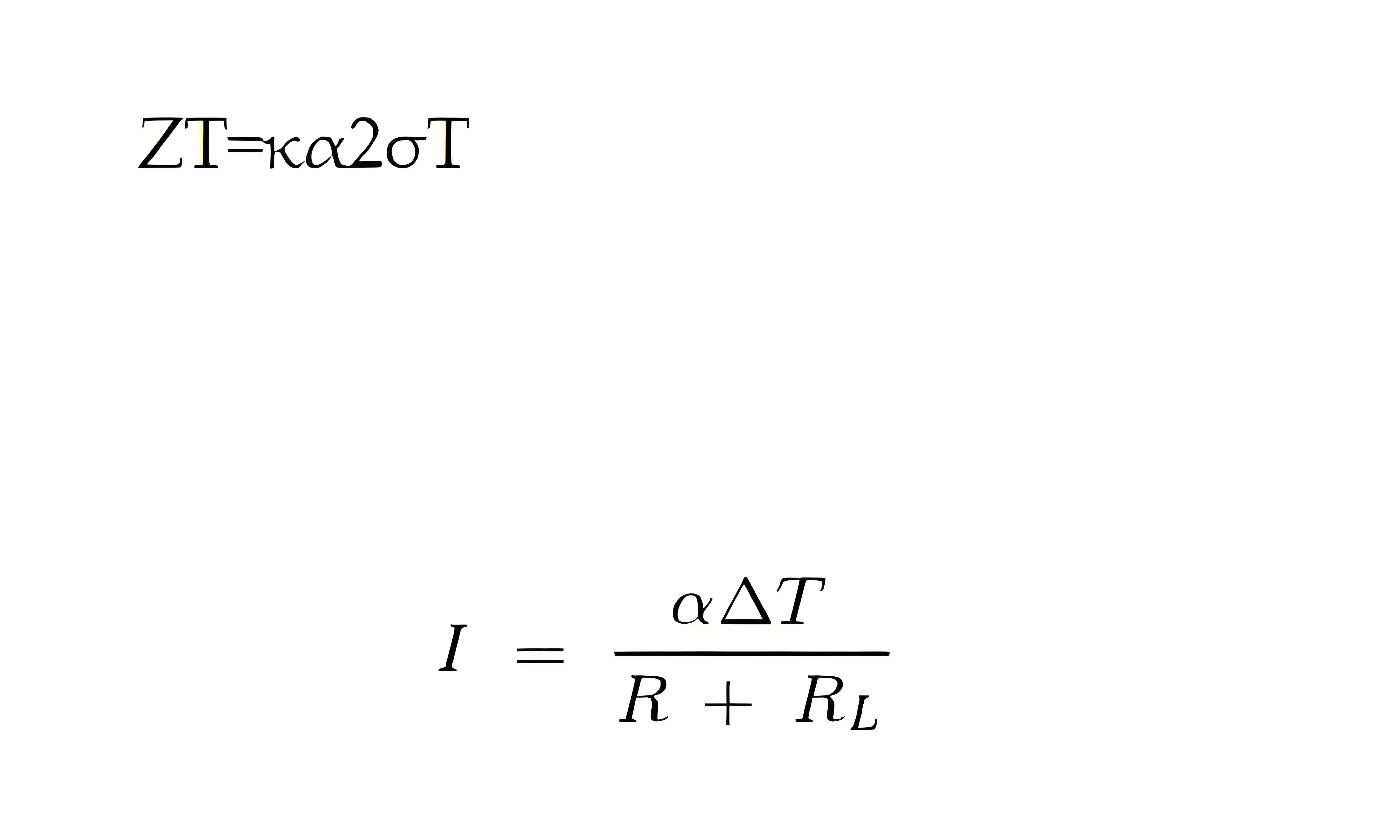What are Thermoelectric Power Generators?
What are Thermoelectric Power Generators?
Thermoelectric Generator Definition
A thermoelectric generator (TEG) is a device that converts heat energy into electrical energy using the Seebeck effect. The Seebeck effect is a phenomenon that occurs when a temperature difference exists between two different conductors or a circuit of conductors, creating an electric potential difference. TEGs are solid-state devices that have no moving parts and can operate silently and reliably for long periods of time. TEGs can be used to harvest waste heat from various sources, such as industrial processes, automobiles, power plants, and even human body heat, and convert it into useful electricity. TEGs can also be used to power remote devices, such as sensors, wireless transmitters, and spacecraft, by using radioisotopes or solar heat as the heat source.
Working Principle
A thermoelectric generator consists of two main components: thermoelectric materials and thermoelectric modules.

Thermoelectric materials are materials that show the Seebeck effect, generating an electric voltage when there is a temperature difference. They are classified into two types: n-type and p-type. N-type materials have extra electrons, while p-type materials lack electrons. When connected in series with metal electrodes, these materials form a thermocouple, the basic unit of a thermoelectric generator.
A thermoelectric module is a device that contains many thermocouples connected electrically in series and thermally in parallel. A thermoelectric module has two sides: a hot side and a cold side. When the hot side is exposed to a heat source and the cold side is exposed to a heat sink, a temperature difference is created across the module, causing a current to flow through the circuit. The current can be used to power an external load or charge a battery. The voltage and power output of a thermoelectric module depends on the number of thermocouples, the temperature difference, the Seebeck coefficient, and the electrical and thermal resistances of the materials.
The efficiency of a thermoelectric generator is defined as the ratio of electrical power output to heat input. This efficiency is limited by the Carnot efficiency, the maximum possible efficiency for any heat engine between two temperatures. The Carnot efficiency is given by:

where Tc is the temperature of the cold side, and Th is the temperature of the hot side.
The actual efficiency of a thermoelectric generator is much lower than the Carnot efficiency due to various losses such as Joule heating, thermal conduction, and thermal radiation. The actual efficiency of a thermoelectric generator depends on the figure of merit (ZT) of the thermoelectric materials, which is a dimensionless parameter that measures the performance of a material for thermoelectric applications. The figure of merit is given by:

where α is the Seebeck coefficient, σ is the electrical conductivity, κ is the thermal conductivity, and T is the absolute temperature.
The higher the figure of merit, the higher the efficiency of the thermoelectric generator. The figure of merit depends on both intrinsic properties (such as electron and phonon transport) and extrinsic properties (such as doping level and geometry) of the materials. The goal of thermoelectric materials research is to find or design materials that have a high Seebeck coefficient, high electrical conductivity, and low thermal conductivity, which are often conflicting requirements.
Common Materials
Bismuth telluride (Bi2Te3) and its alloys
Lead telluride (PbTe) and its alloys
Skutterudites
Half-Heusler compounds
Applications
Cooling devices
Power generation from waste heat
Power generation from radioisotopes
Challenges
Low efficiency
High cost
Thermal management
System integration
Future Directions
Novel thermoelectric materials
Advanced thermoelectric modules
Innovative thermoelectric systems
Conclusion
Thermoelectric generators are devices that can convert heat energy into electrical energy using the Seebeck effect. Thermoelectric generators have many advantages over conventional power generation methods, such as compactness, reliability, noiselessness, and direct conversion. Thermoelectric generators have various applications in different fields, such as cooling devices, power generation from waste heat, and power generation from radioisotopes. However, thermoelectric generators also face some challenges and limitations that need to be overcome for practical implementation, such as low efficiency, high cost, thermal management, and system integration. The future directions for thermoelectric generator research and development include novel thermoelectric materials, advanced thermoelectric modules, and innovative thermoelectric systems. Thermoelectric generators have great potential for energy conversion and harvesting applications in various sectors and scenarios.
The Electricity Encyclopedia is dedicated to accelerating the dissemination and application of electricity knowledge and adding impetus to the development and innovation of the electricity industry.













